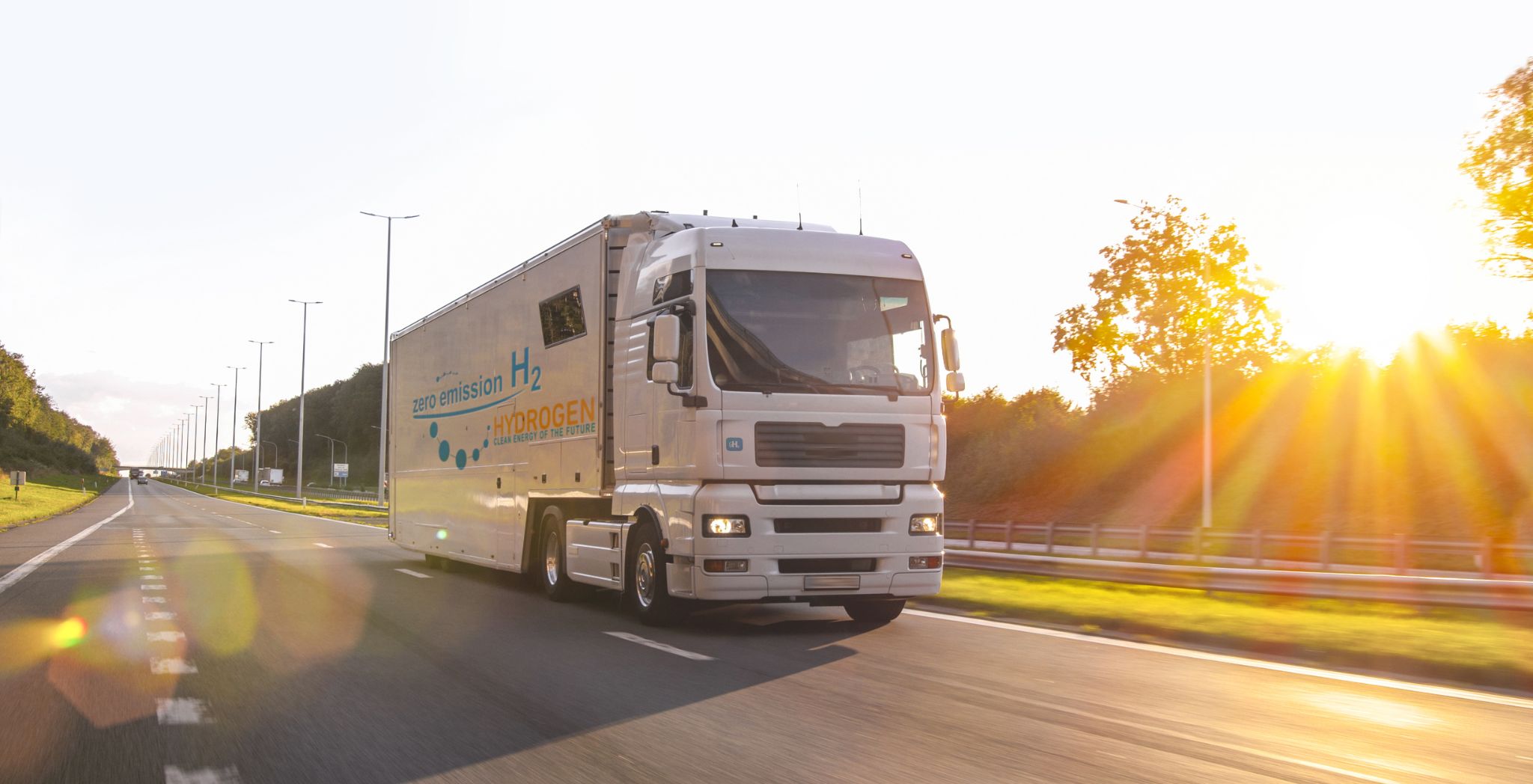While self-driving trucks seem to have taken a backseat in industry news, there is a renewed push for zero emission trucks.
This year, the Port of Oakland, CA is testing electric-powered tractors to see is they can haul fully-loaded containers over various types of terrain – such as steep inclines – to make it to their destinations in time. This is just one step in proving zero emission truck are a viable solution in an economy that is shifting towards alternatives to fossil fuels.
The Long Road for Zero Emission Trucks
Zero emission trucks are not a new concept. Attempts to build solar and electric-powered vehicles have been going on since the late-1970s. Back then, the technology just wasn’t where it needed to be in order to be adopted by the trucking industry.
As technology became more efficient and more available, the cost dropped significantly. Currently, there are a number of major manufacturers such as Volvo, Daimler, and others, who are testing zero emission truck to see if they can perform the same duties as their petroleum-powered counterparts.
Most electric motors simply do not have the power to get a fully-loaded truck to its destination at speeds approaching 55 mph. Once large electric vehicles reach an incline, the power drops considerably, which hasn’t made them a viable alternative until late. The zero emission trucks being tested in California contain twin 241-horsepower engines with a 125-mile driving range on a single charge.
Infrastructure Concerns and Private Costs
Even if the zero emission trucks are successful in their tests, transforming the trucking industry will not happen overnight. The United States will need more battery charging stations to accommodate electric trucks.
Privately-owned truck stops will need to invest in chargers. Additionally, fleet owners will have to weigh the costs of the new vehicles before making the switch, and there would have to be a financially feasible method of disposing of old trucks or fitting existing vehicles with new zero emission motors.
Of course, large changes like a transition to functional and effective zero emission truck would need new legislative regulations to ensure safety to truckers and other drivers on highways, but the current testing in California looks like it might be another milestone on the road toward a greener trucking industry.







